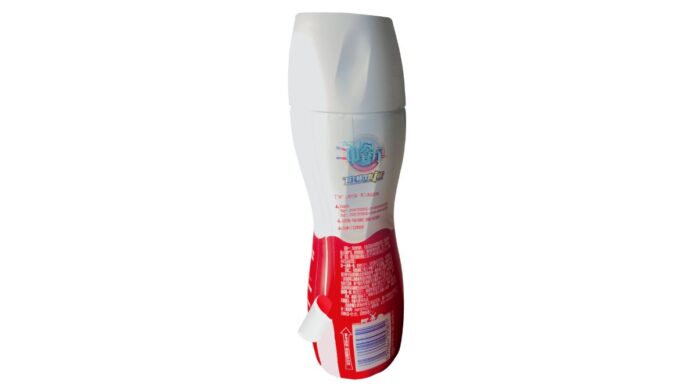The climate emergency and plastic consumption are not hidden from anyone, nor do I need to explain them. What we need to understand is how we can be sustainable in our current scenario. Shrink sleeves are one of the smallest plastic problems, but it is one way which supports sustainability. We’ve already talked about how shrink sleeves can be recycled (as mentioned in my book, 5 Myths About Sustainable Shrink Sleeves). Today we will discuss how perforation in shrink sleeves could be a boon to recycling.
Perforation on our packaged food or beverages is quite common. We know it provides a seal to the opening mouth. Top perforation around the neck or cap of the bottle is common. It prevents spillage and reduces the penetration of moisture and oxygen inside. Perforation on the conclave surface helps in venting out the air from the surface. Besides these, perforations are given to peel off the label from the bottle. The discarded shrink sleeves can be disposed of separately from the bottle, allowing the recycler to begin the process without having to inspect the shrink sleeves.
Shrink Sleeves (printed with various inks and made up of different substrates) must be handled separately. It is the 3rd step in the recycling procedure known as “De-labeling”.
Usually, in the absence of perforation, the de-labelling is done either mechanically or through high water pressure. The heat used during plastic recycling can also remove the labels and adhesive. This adds to the cost of recycling.
We also need to understand the compatibility of different shrink sleeve substrates with PET/ PP/ PE bottles while recycling. If we use PVC shrink film and recycle the PET container it is attached to, it causes black speck contamination, making the container non-recyclable. Similarly, with PP/PE containers, shrink film with a density of < 1.0 floats with the remaining PP/PE and can’t be removed during recycling. This contaminates the recycled PP/PE.
Plastic recycling is the only way to curb the plastic problem. And recycling must be done with the removal of shrink films. Considering all these factors, we understood that the removal of shrink films and the recycling process go hand in hand. Hence, various developed nations have opted for perforation in shrink sleeves on containers. Consumer awareness and government initiatives are the crucial steps to implementing these changes. In countries like Japan, the government has educated consumers enough to implement the direction of removing the shrink film from containers using perforation before dumping them.
In India, the awareness level among the consumers needed a boost. People need to understand why perforation is required and how it is implemented. The government must educate the public about plastic recycling, and consumers must be vigilant at all times.
Perforation in Shrink Sleeves is a smart idea that gives us a simple way to a sustainable world. Hence, we cannot overlook it. We must implement it to be a part of the circular economy.

Article shared by-
Chetan Jain, Executive Director for Taurus Packaging












